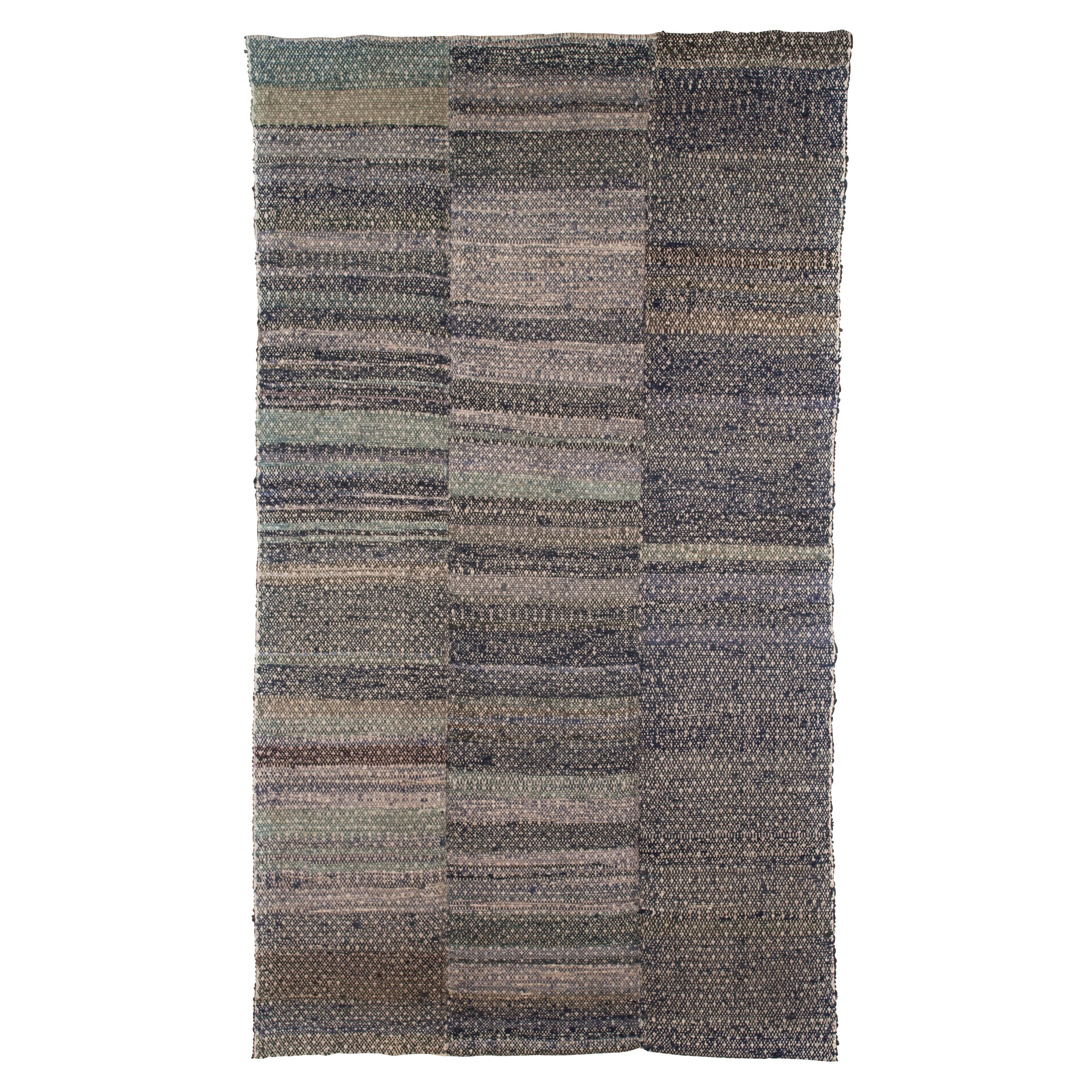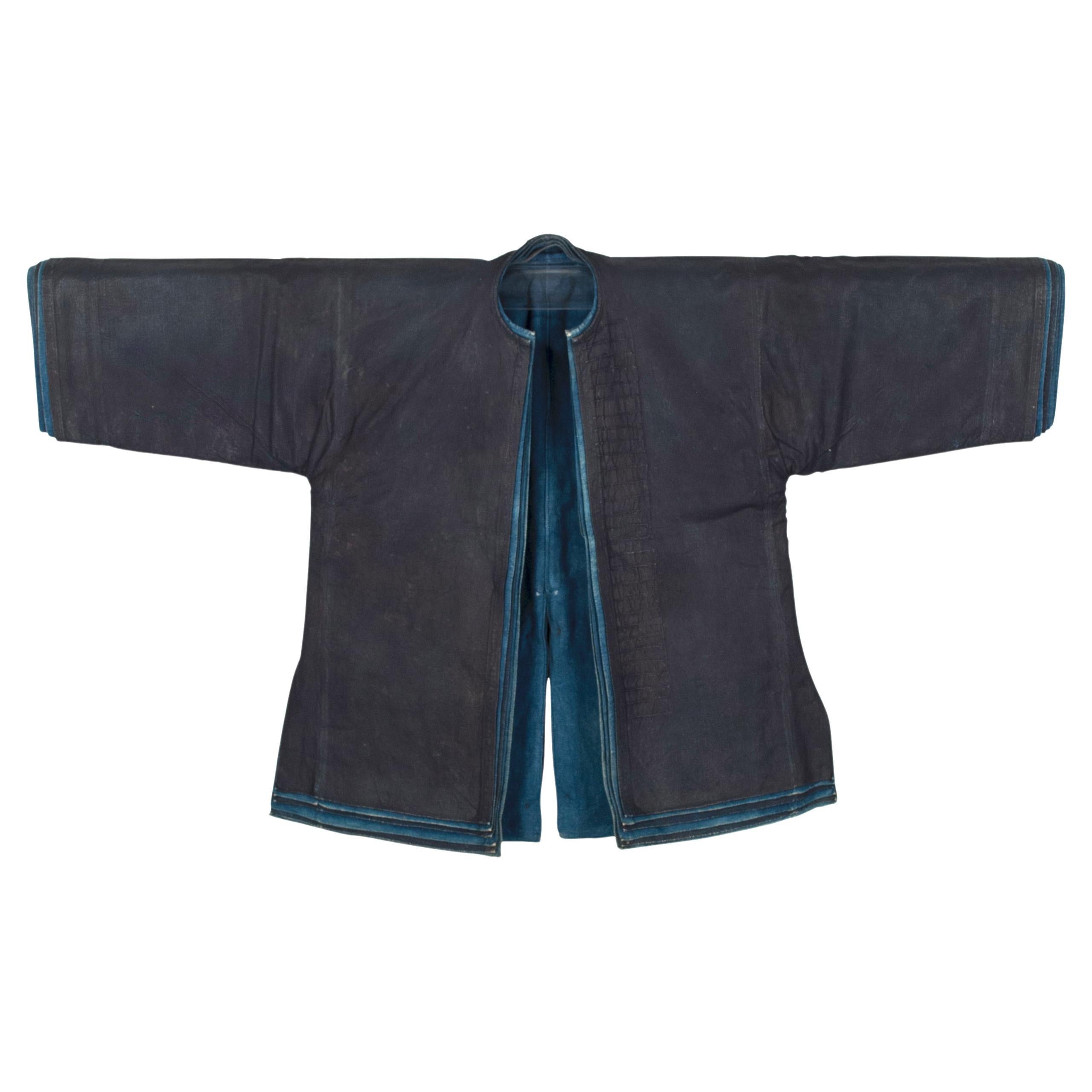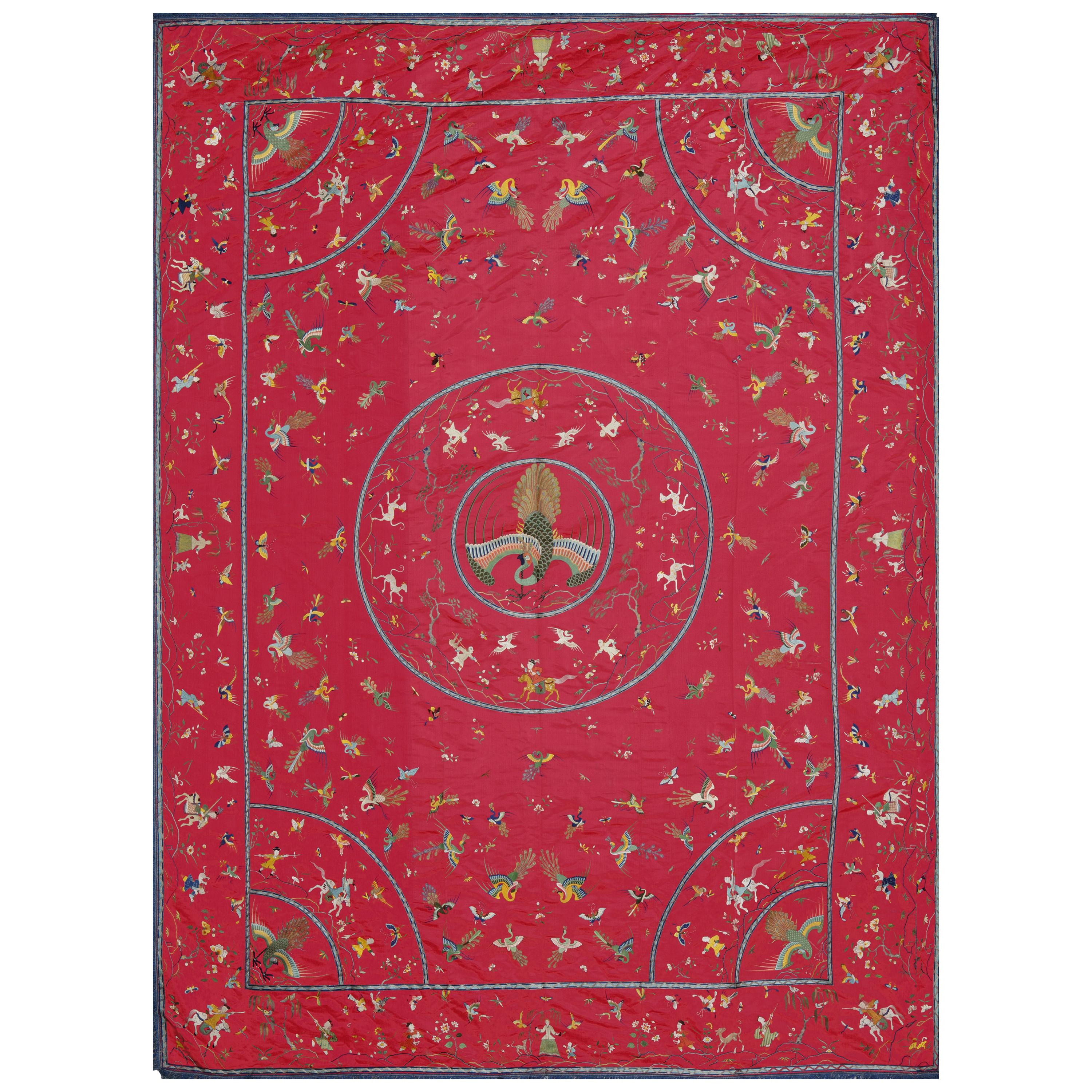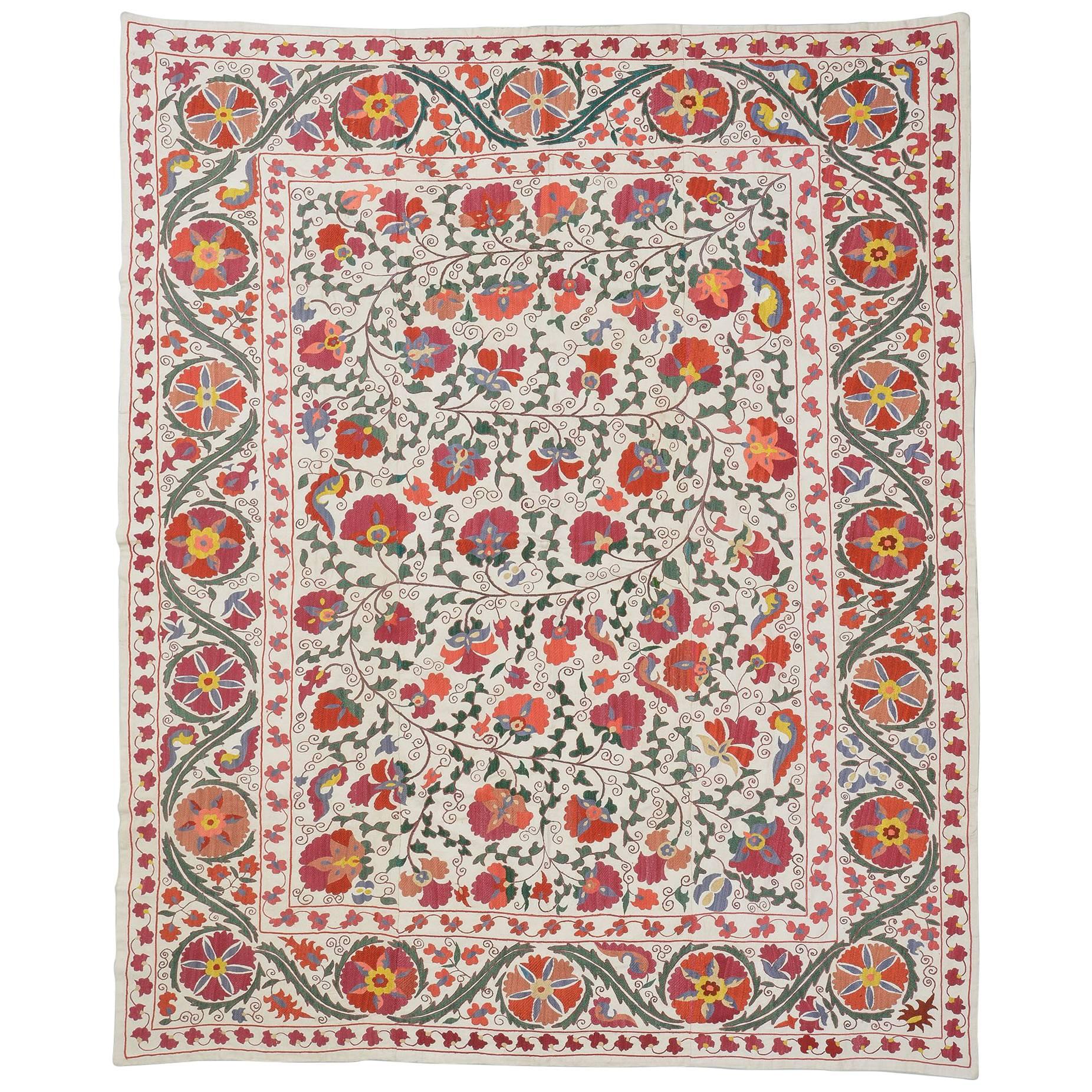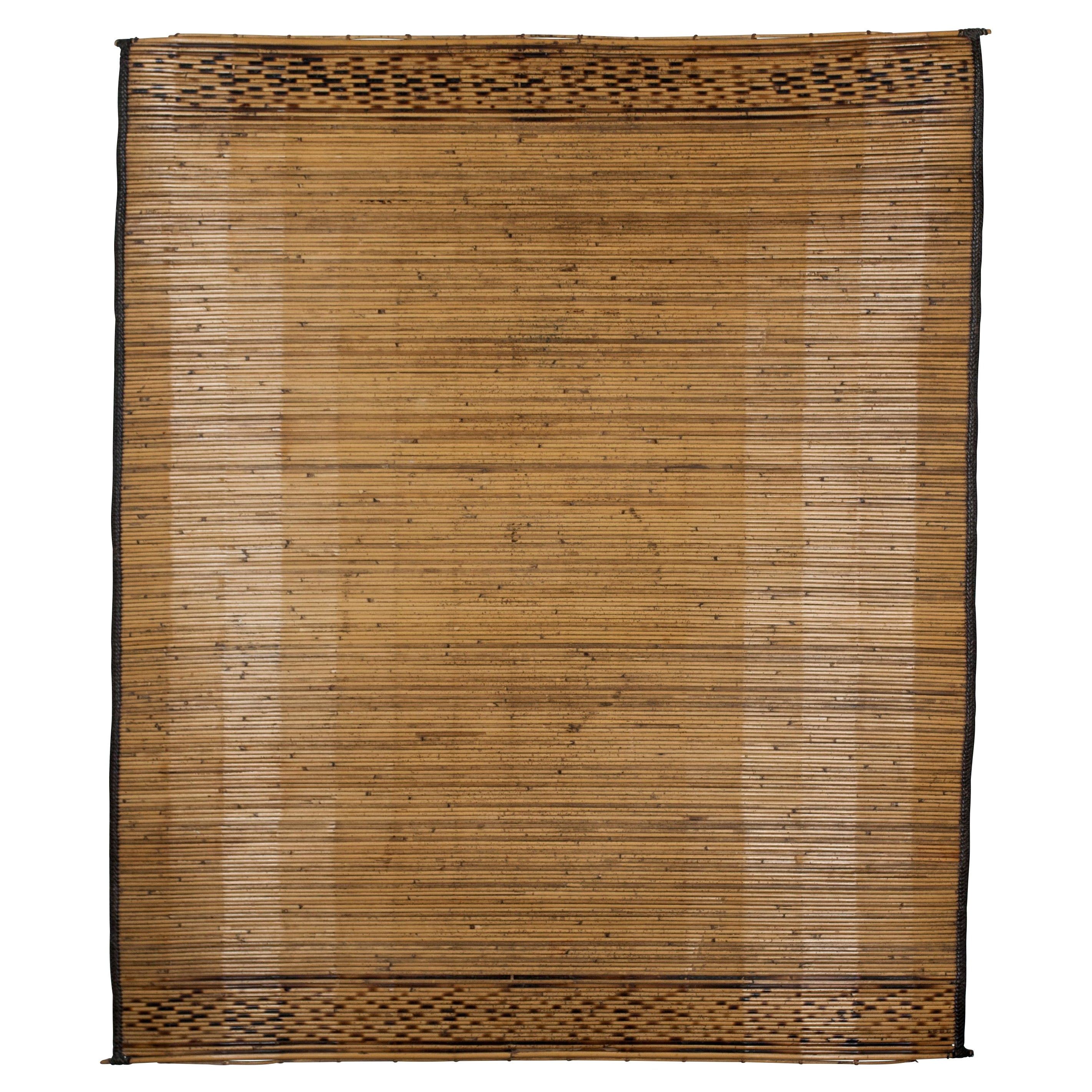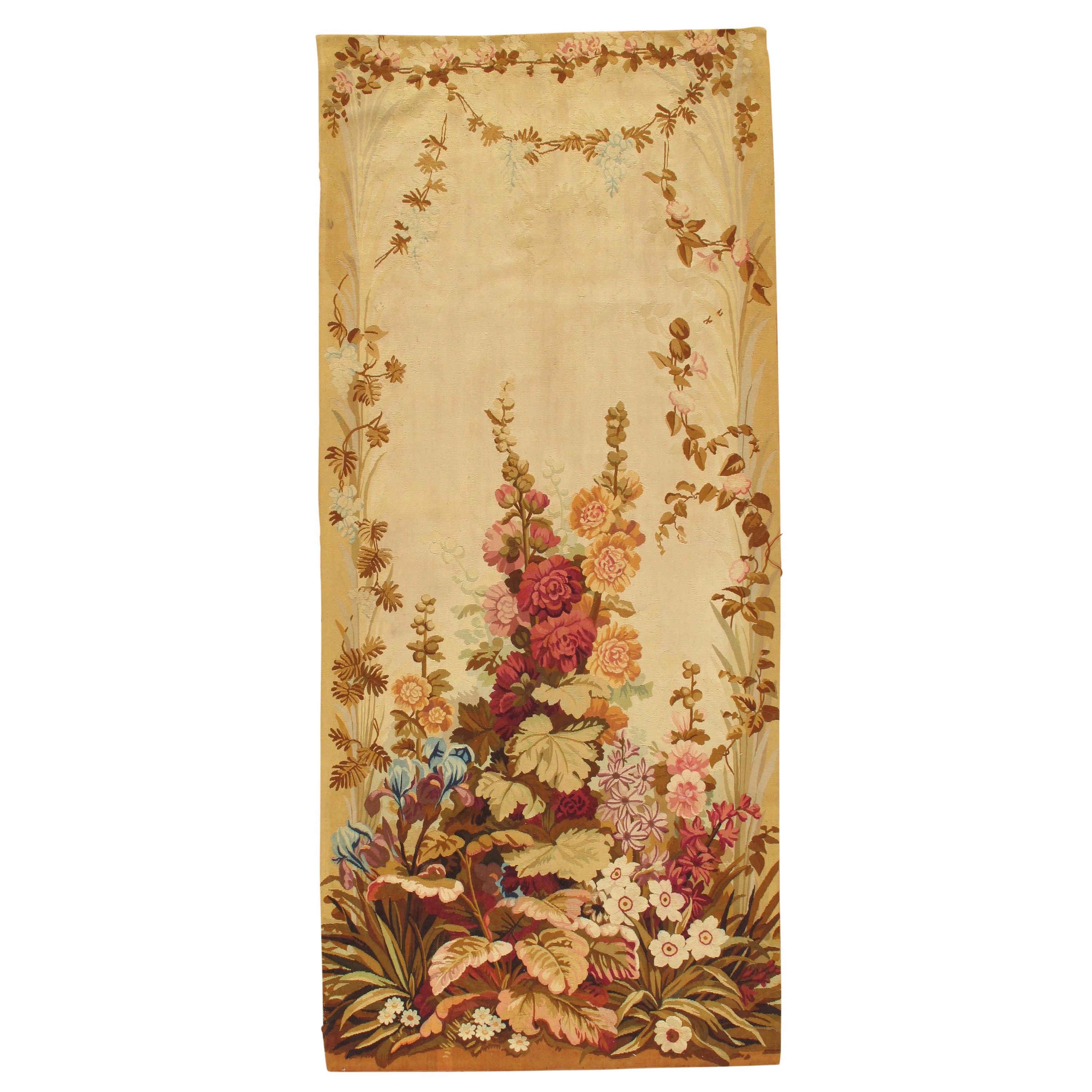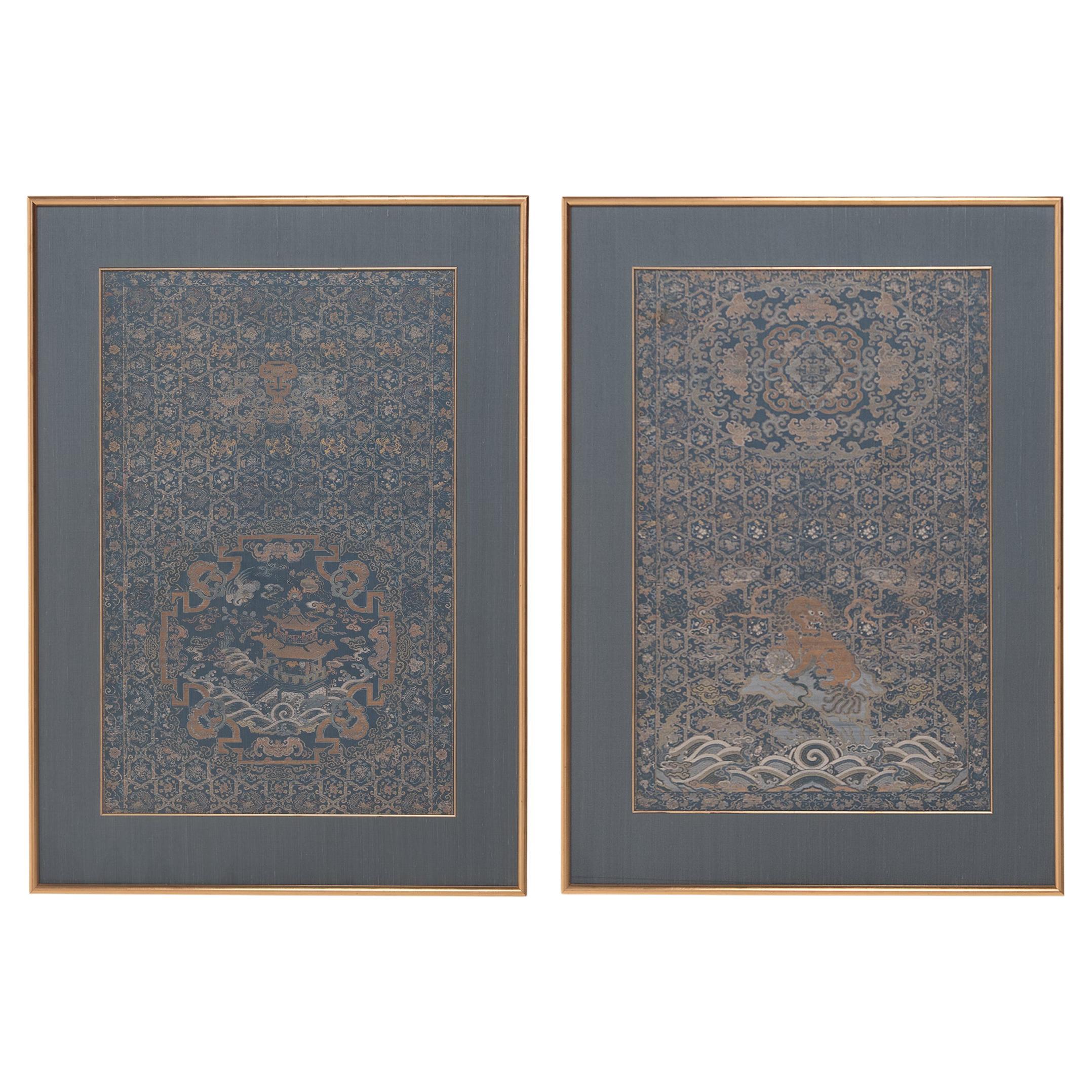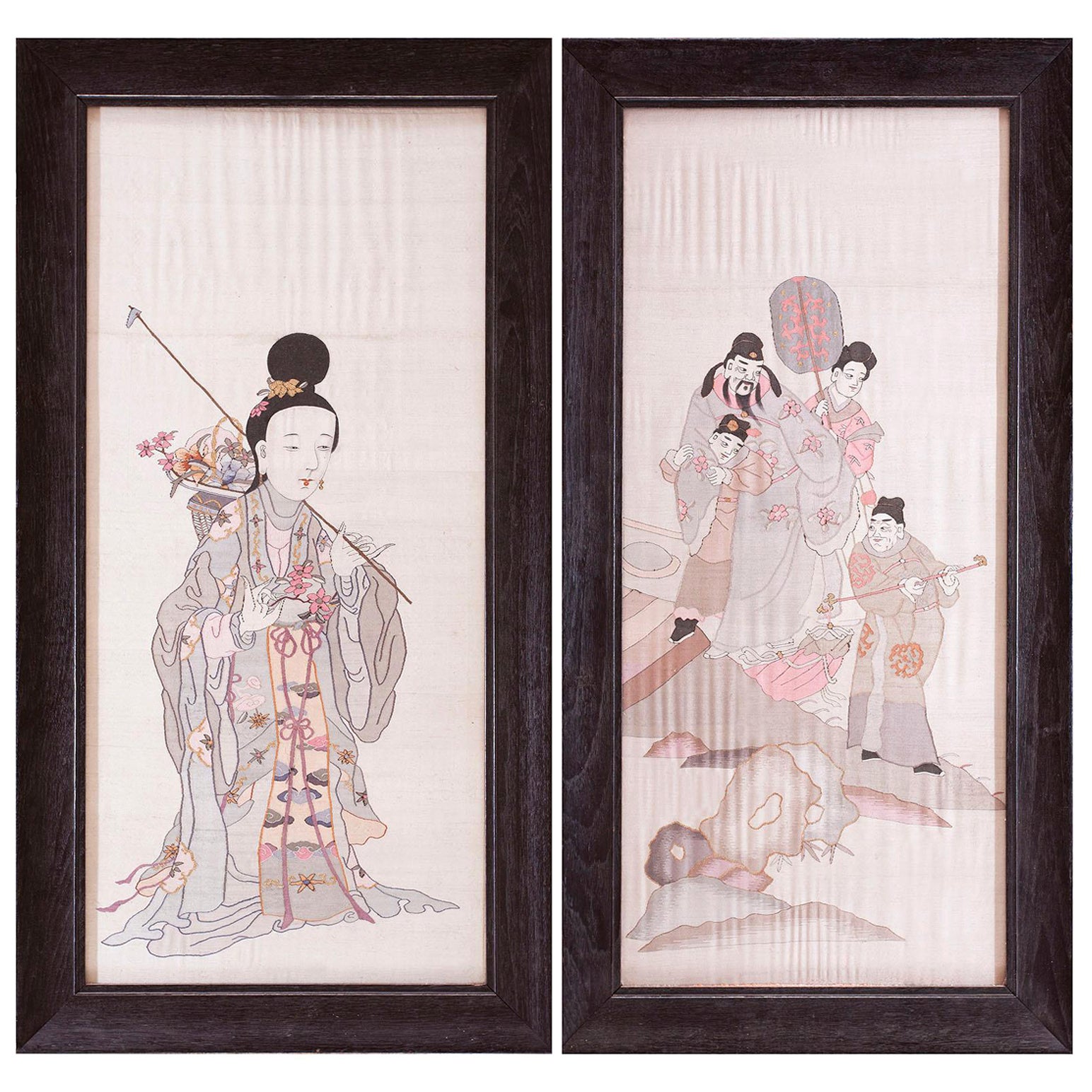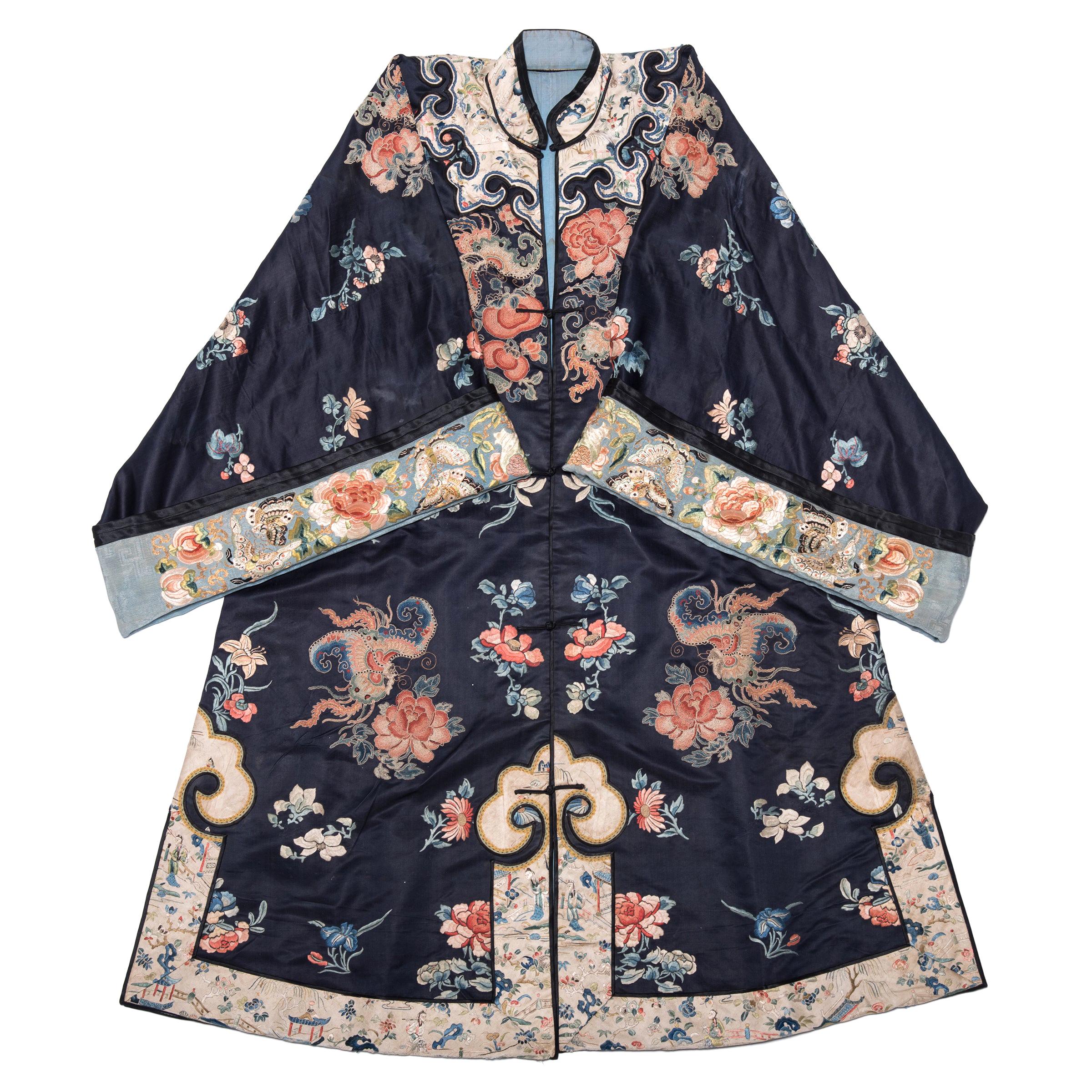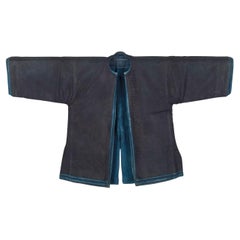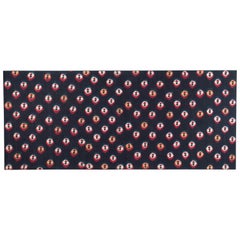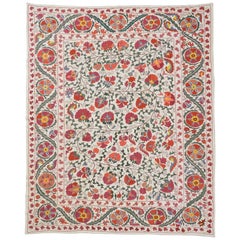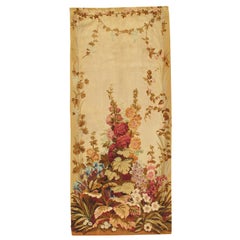
Chinese Minority Wedding Bed Cover, Tujia People, circa 1900
View Similar Items
Want more images or videos?
Request additional images or videos from the seller
1 of 5
Chinese Minority Wedding Bed Cover, Tujia People, circa 1900
About the Item
- Dimensions:Height: 49 in (124.46 cm)Width: 43 in (109.22 cm)Depth: 1.5 in (3.81 cm)
- Style:Qing (Of the Period)
- Materials and Techniques:
- Place of Origin:
- Period:
- Date of Manufacture:Late 19th Century
- Condition:Wear consistent with age and use.
- Seller Location:Point Richmond, CA
- Reference Number:Seller: JR#0261stDibs: LU1778219388802
About the Seller
4.9
Platinum Seller
These expertly vetted sellers are 1stDibs' most experienced sellers and are rated highest by our customers.
Established in 1999
1stDibs seller since 2015
607 sales on 1stDibs
Typical response time: 2 hours
More From This SellerView All
- Early 20th Century 3-Panel Chinese Minority Wedding Bed Cover, Miao PeopleLocated in Point Richmond, CAEarly 20th Century 3-Panel Chinese minority wedding bed cover, Miao People A rare and early example of a brocade-woven Miao wedding bed cover from ...Category
Early 20th Century Chinese Tribal Textiles
MaterialsCotton, Silk
- Early 20th Century Chinese Hani Minority Layered Jacket, South ChinaLocated in Point Richmond, CAEarly 20th century Chinese Hani minority layered jacket, South China A six-layered indigo-dyed jacket made of tightly woven cotton by the Hani minority...Category
Early 20th Century Chinese Tribal Textiles
MaterialsCotton
- Tie-Dyed Panel from Tibet, circa 1900Located in Point Richmond, CATie-dyed panel from Tibet, circa 1900. Woven on a back-strap loom by nomadic Tibetans, this type of tie-dyed wool was traditional used for horse blankets, sitting mats, or trimmin...Category
Antique Late 19th Century Tibetan Tribal Tapestries
MaterialsWool
- circa 1900 Ceremonial Reed Mat, Sumatra, IndonesiaLocated in Point Richmond, CACirca 1900 ceremonial reed mat, Sumatra, Indonesia A wonderfully preserved reed mat used on ceremonial occasions in the south of Sumatra, Indonesia, the e...Category
Antique 1890s Indonesian Tribal Textiles
MaterialsRattan
- Meiji Period Japanese Indigo Double Ikat Futon CoverLocated in Point Richmond, CAMeiji period Japanese Indigo double ikat futon cover Japanese futon cover, a double ikat pattern in four panels depicting Kumamoto Castle with im...Category
Antique 1890s Japanese Meiji Textiles
MaterialsCotton
- Early 20th Century Japanese Linen Go-Board Pattern Futon CoverLocated in Point Richmond, CAEarly 20th Century Japanese linen go-board pattern futon cover A unique example of a game-themed textile, this 3-panel futon cover is woven of very fine...Category
Early 20th Century Japanese Meiji Textiles
MaterialsHemp
You May Also Like
- Extremely Fine Chinese Silk Embroidered Bed-Cover for the Dutch MarketLocated in Amsterdam, NLA Chinese red silk, embroidered bed cover Guangdong or Macao, mid-18th century The red silk cover, one one side elaborately embroided in co...Category
Antique Mid-18th Century Chinese Chinese Export Tapestries
MaterialsGold, Silver
- Susani Embroidery, Wall Hanging or Bed Cover or Table CoverLocated in Alessandria, PiemonteFestive and elegant Susani embroidery, suitable for bed or table or wall. Silk embroidery on a cotton ground. B/ 2003 - cm. 213x 177.Category
Vintage 1960s Turkmen Folk Art Textiles
MaterialsSilk, Cotton
- Antique French Tapestry Circa 1900 in Soft Autumnal ColorsLocated in Port Washington, NYThis enchanting antique tapestry beautifully illustrates the remarkable depth and richness that was perfected by French artisans of the 19th-20th century. A remarkable Tapestry displ...Category
Early 20th Century French Aubusson Tapestries
MaterialsWool
- Pair of Framed Chinese Silk Brocade Chair Panels, c. 1850Located in Chicago, ILThese framed silk brocade tapestries are two halves of a magnificent Qing-dynasty chair panel, or chair strip. Because traditional Chinese seating was n...Category
Antique Mid-19th Century Chinese Qing Textiles
MaterialsSilk
- Ceremonial Cape Textile Art from Hmong Miao PeopleLocated in Atlanta, GAAn oversized and impressive cape worn during ceremonial dancing by Miao people (also known as Hmong in English) from Guizhou Province, China circa 1940s-1950s in a rarely intact and well-preserved condition. Miao people are diverse minority groups living in Southern China as well as Southeast Asia with complex sub-affiliations based on attires, languages, cultural customs and art tradition. They are renowned for their textile and silver craftsmanship as well as singing and dancing traditions. This cape, rather heavy in construction and striking in bold red and black, was made from wool, hemp and cotton. The surface showcases elongated diamond patterns in complementary woven wool and couched plaque on top of the cotton part. The pattern strikes the viewer with a strong sense of dignity and power. The heavy material and pattern are strangely akin to some of the Navajo weaving. The cape is in a form a jacket with long and wide sleeves, and it was meant to be used in ceremonial occasions. Our research reveals that the piece was from the Northwest Guizhou in an autonomous county called Weining. The area is of subtropical highland and the generally cold weather was reflected in the heavy materials used in this piece, in comparison with other textiles made in the warmer lowland. There is an older paper label with price tag in Chinese inside the cape. It was purchased in Guizhou decades ago by a US collection in MA. With a span of over 94 inches long, it makes a very impressive textile art piece for wall hanging. Not framed and easily shipping folded up. For a similar jacket from Weining, see "Miao Textile...Category
Mid-20th Century Chinese Tribal Textiles
MaterialsTextile
- Late 19th Century Pair of Chinese Kesi TextileLocated in New York, NYMid 19th century pair of Chinese Kesi Textile ( 2' x 3'8" - 61 x 111 cm).Category
Antique 1890s Chinese Qing Textiles
MaterialsSilk
Recently Viewed
View AllMore Ways To Browse
Chinese Minority
Antique Wedding Bed
Chinese Wedding Beds
Chinese Wedding Bed
Chinese Silk Bed
Antique Chinese Wedding Bed
Antique Chinese Wedding Beds
Asian Wedding Bed
Silk Brocade Bed
Silk Embroidery Asian
Silk Embroidery Art
Vintage Asian Wall Art
Vintage Asian Textiles
Silk Art With Embroidery
Silk 19th Panel
Asian Decorative Panel
Silk Needlework
Silk Embroidered Panels
